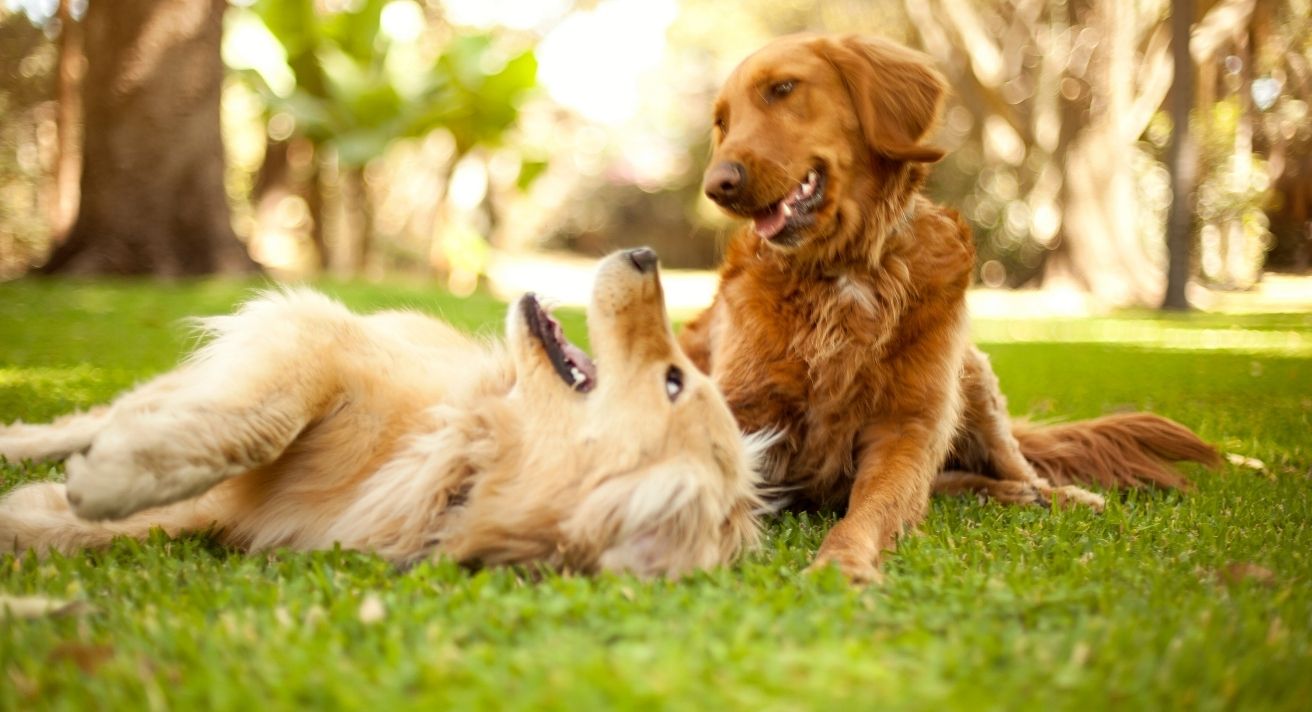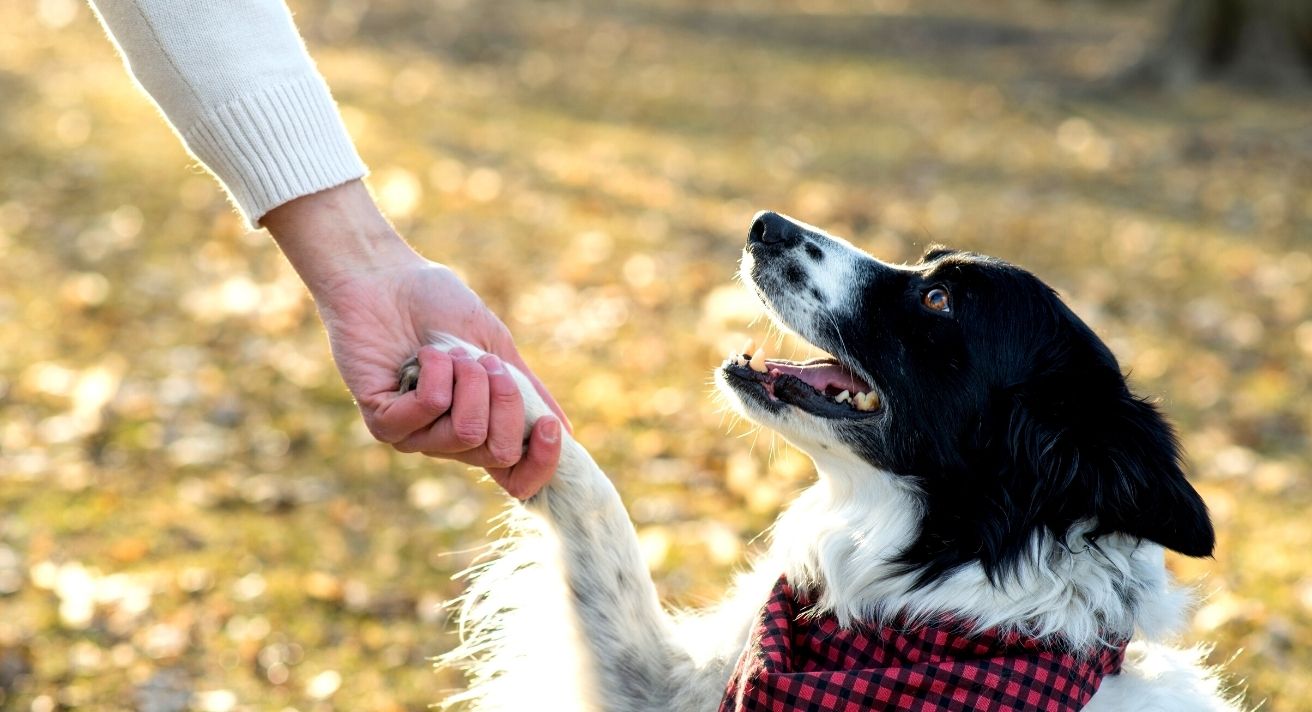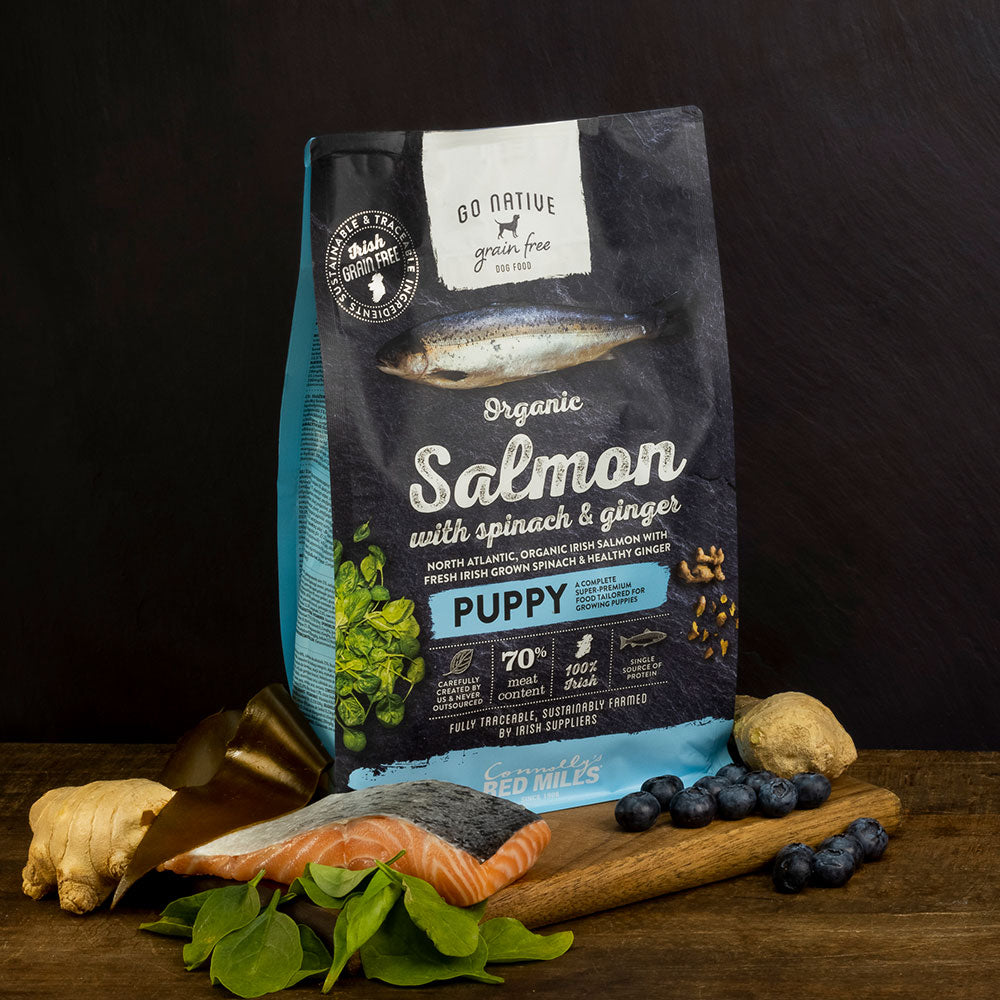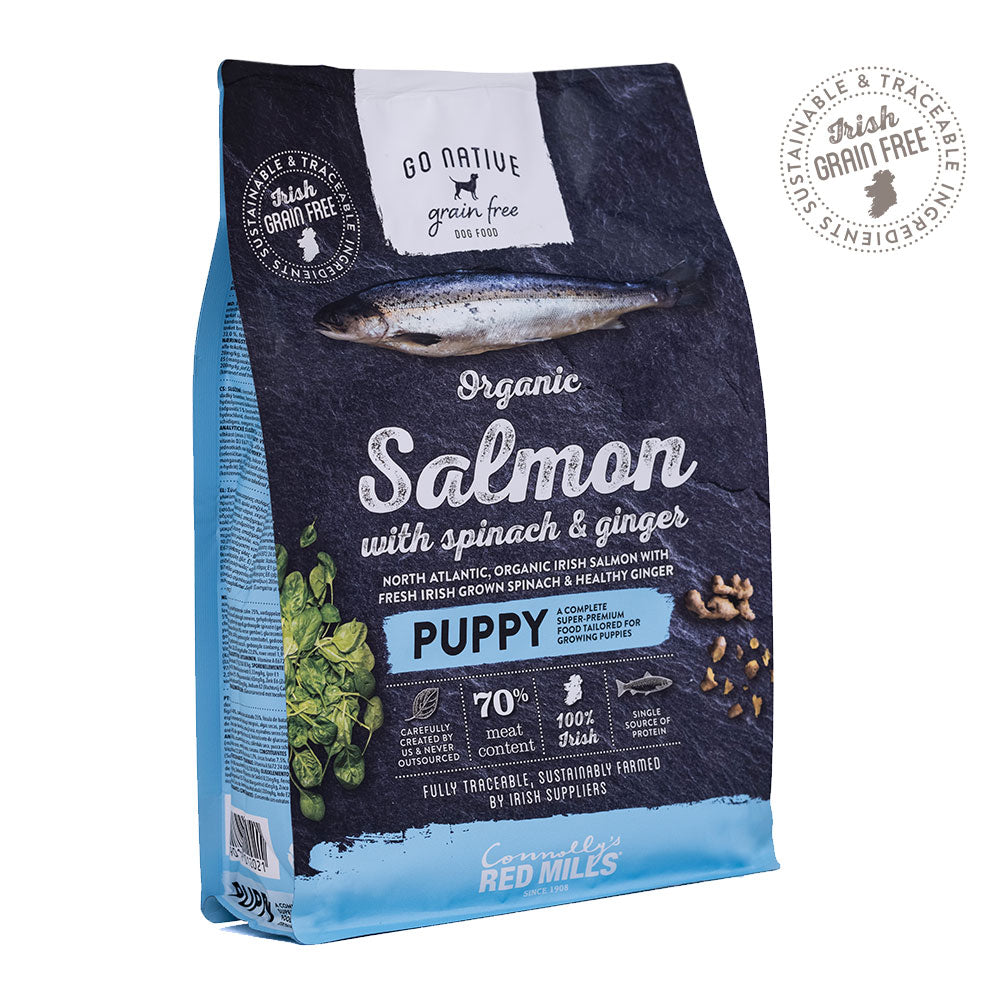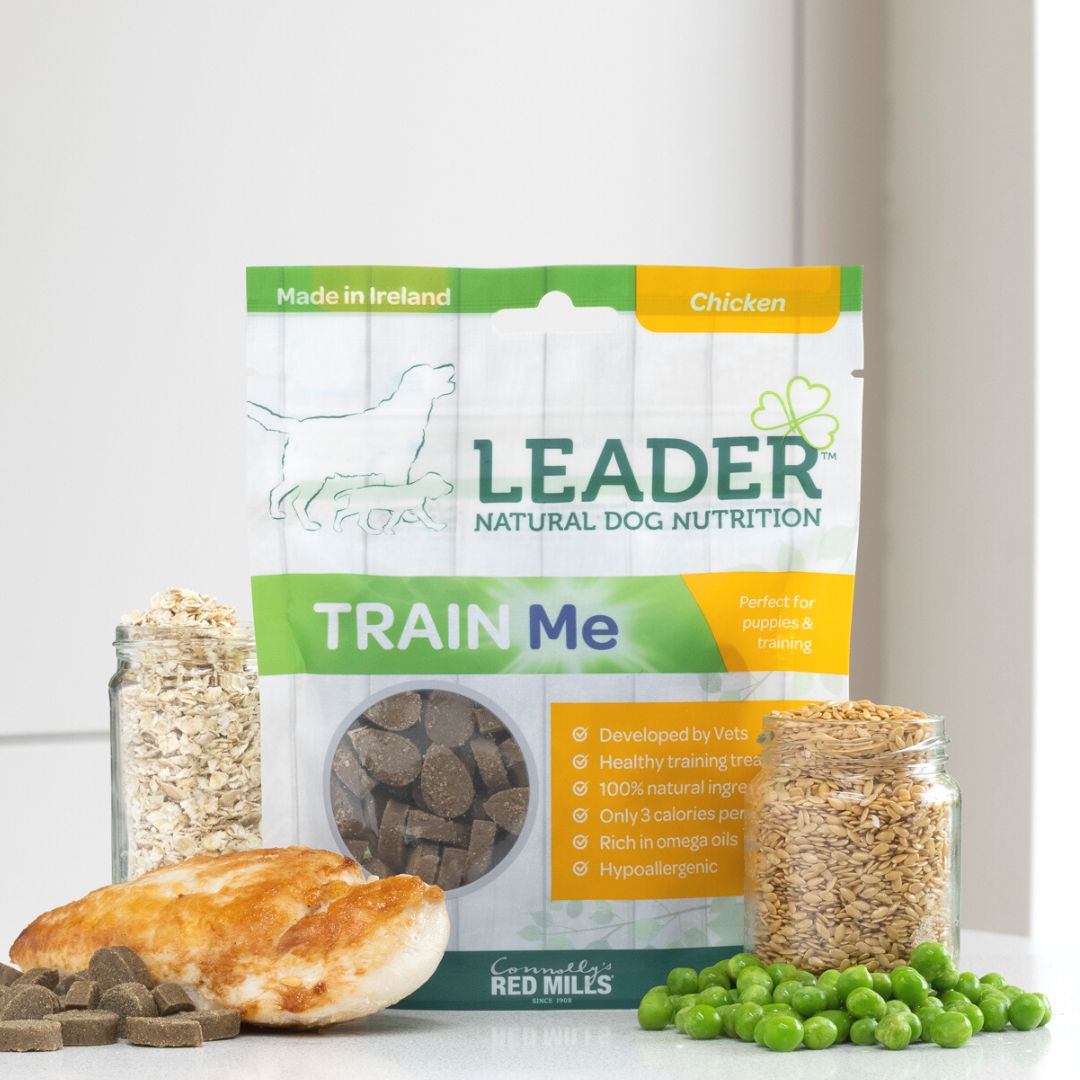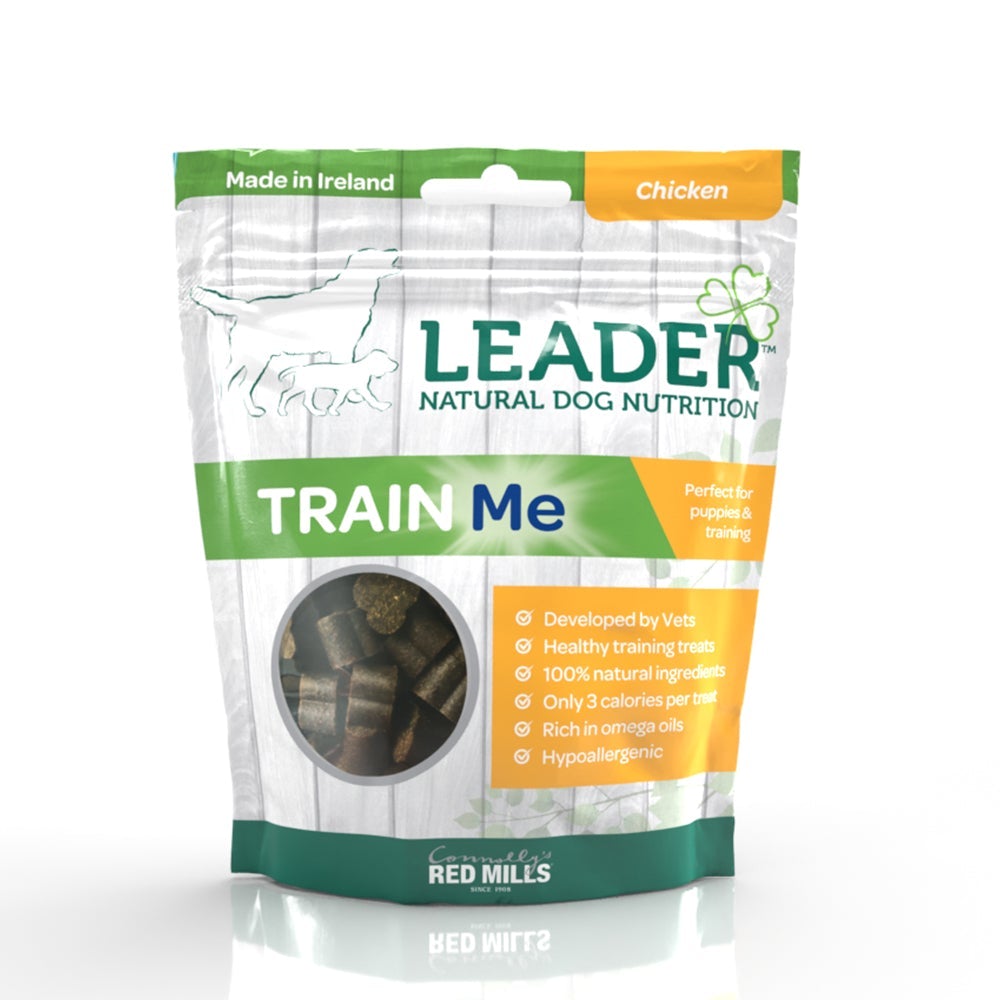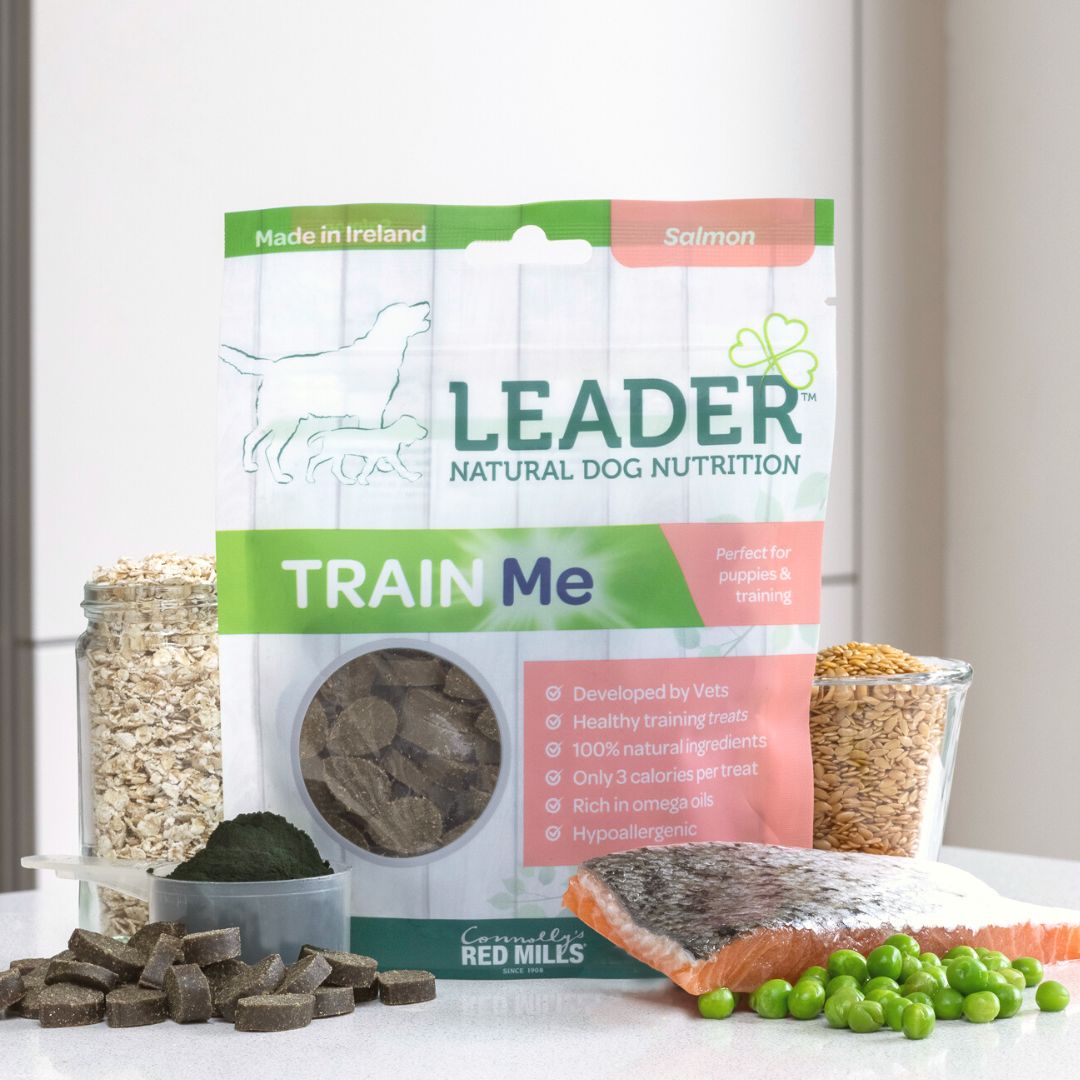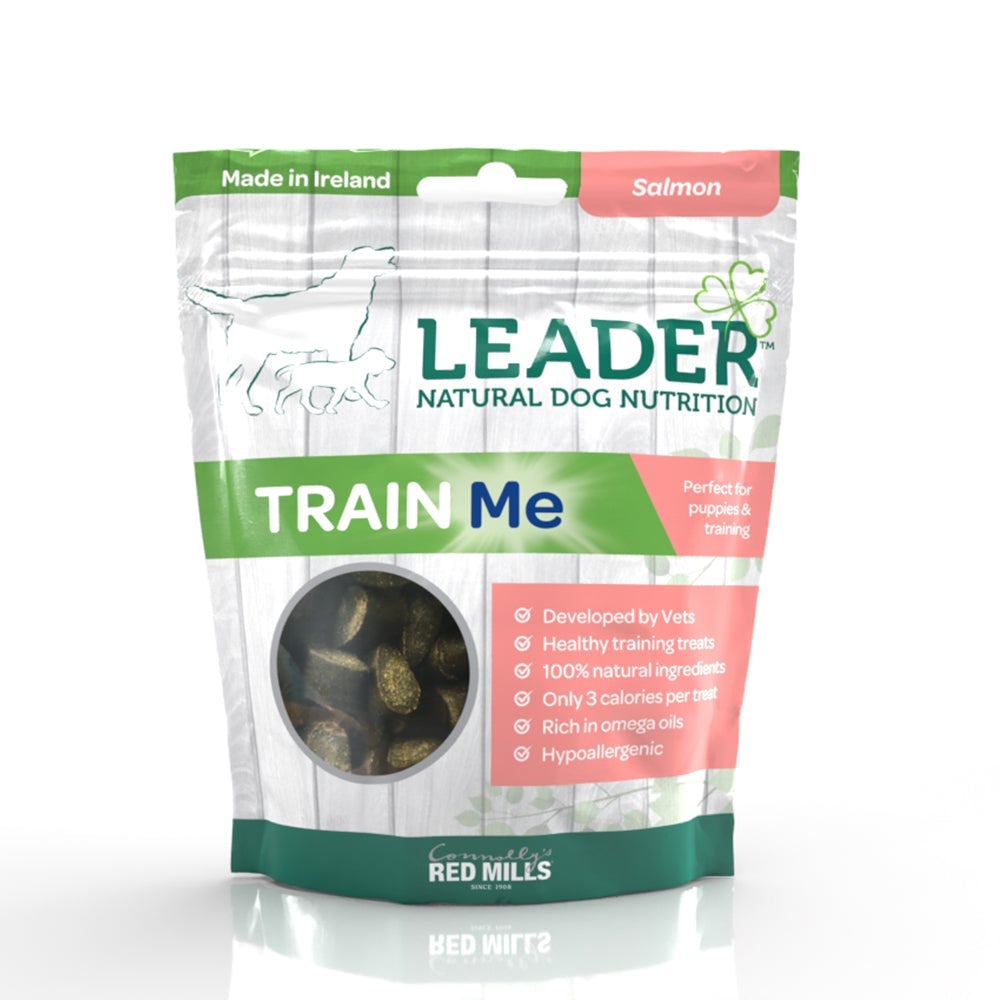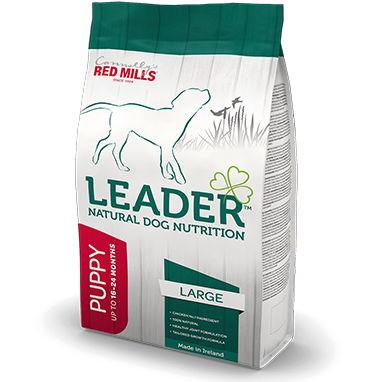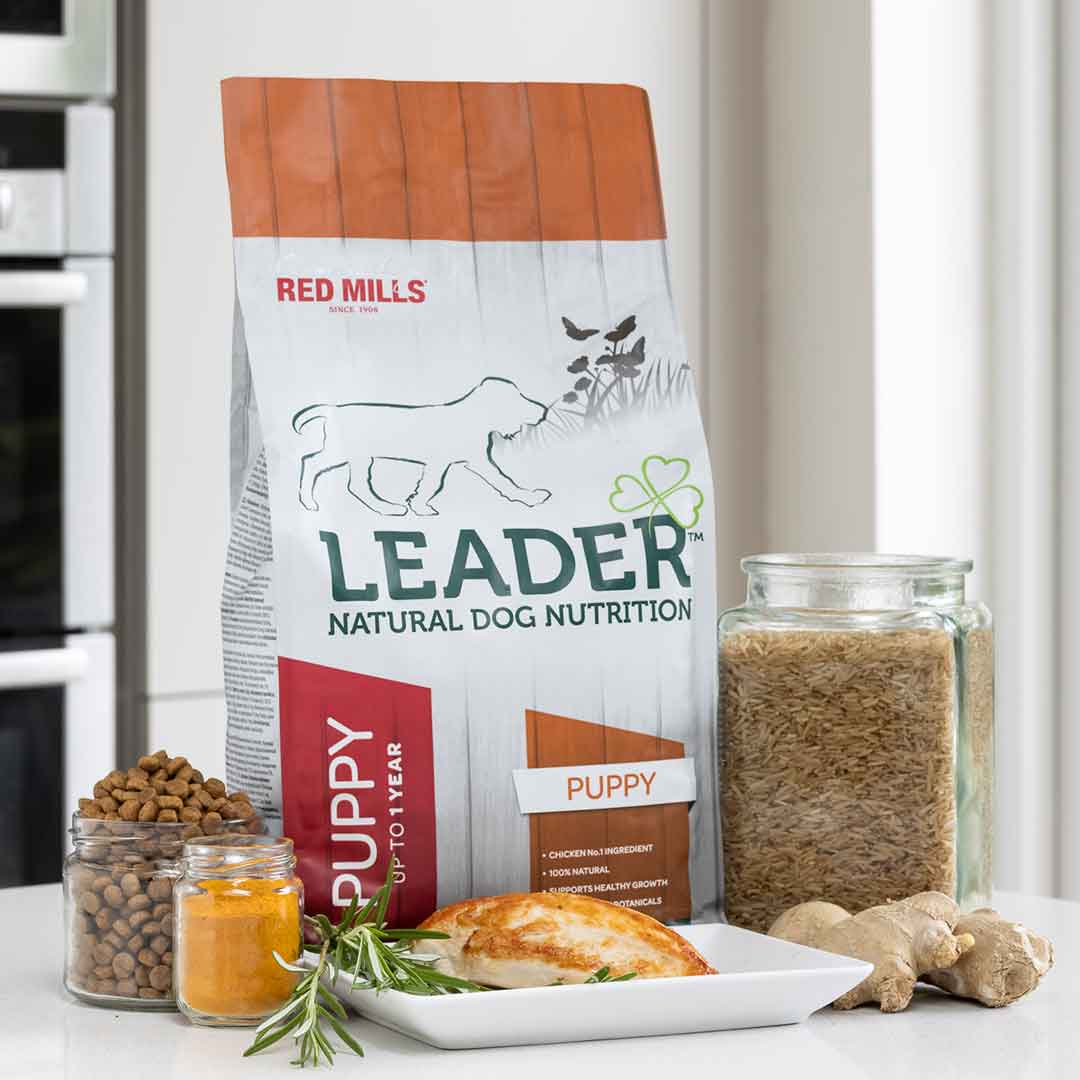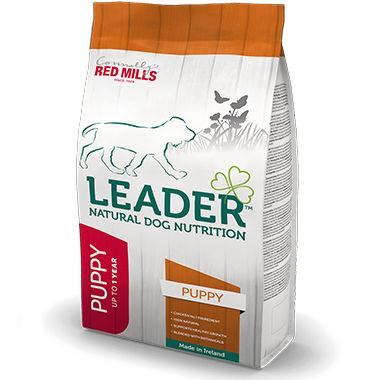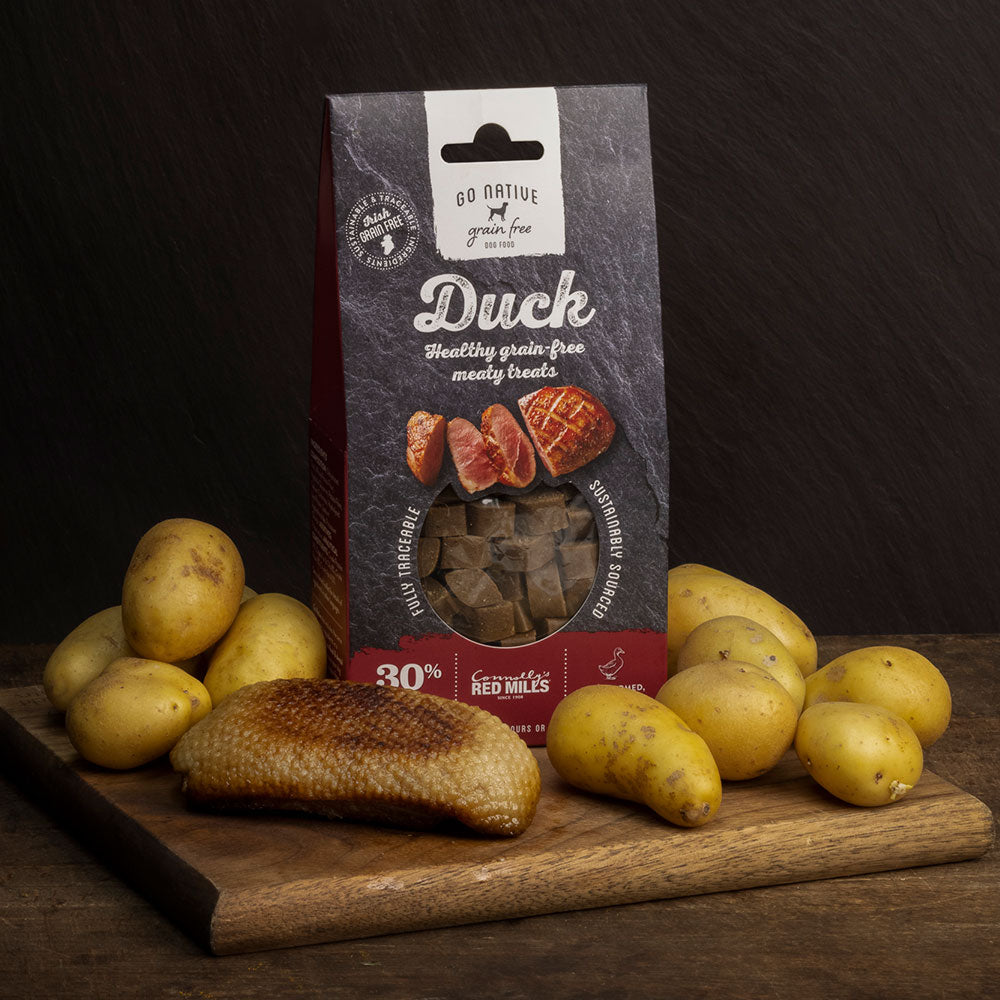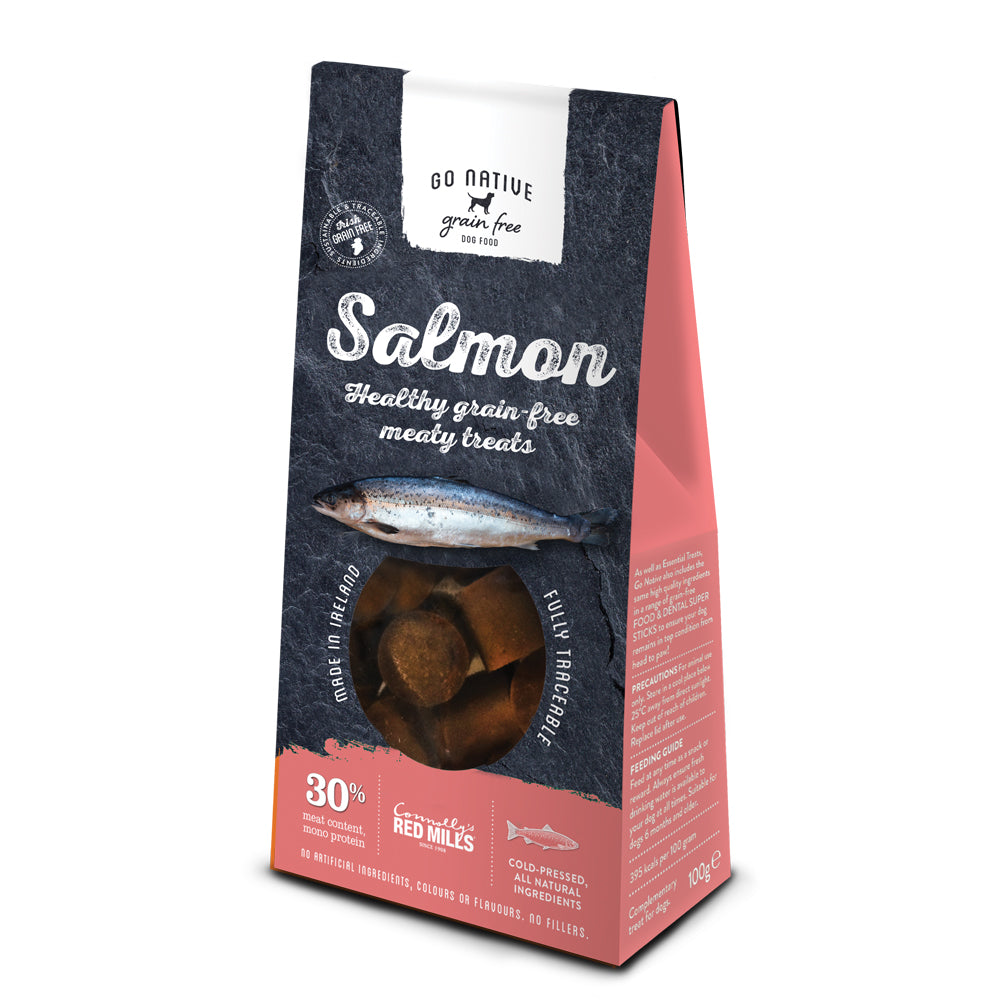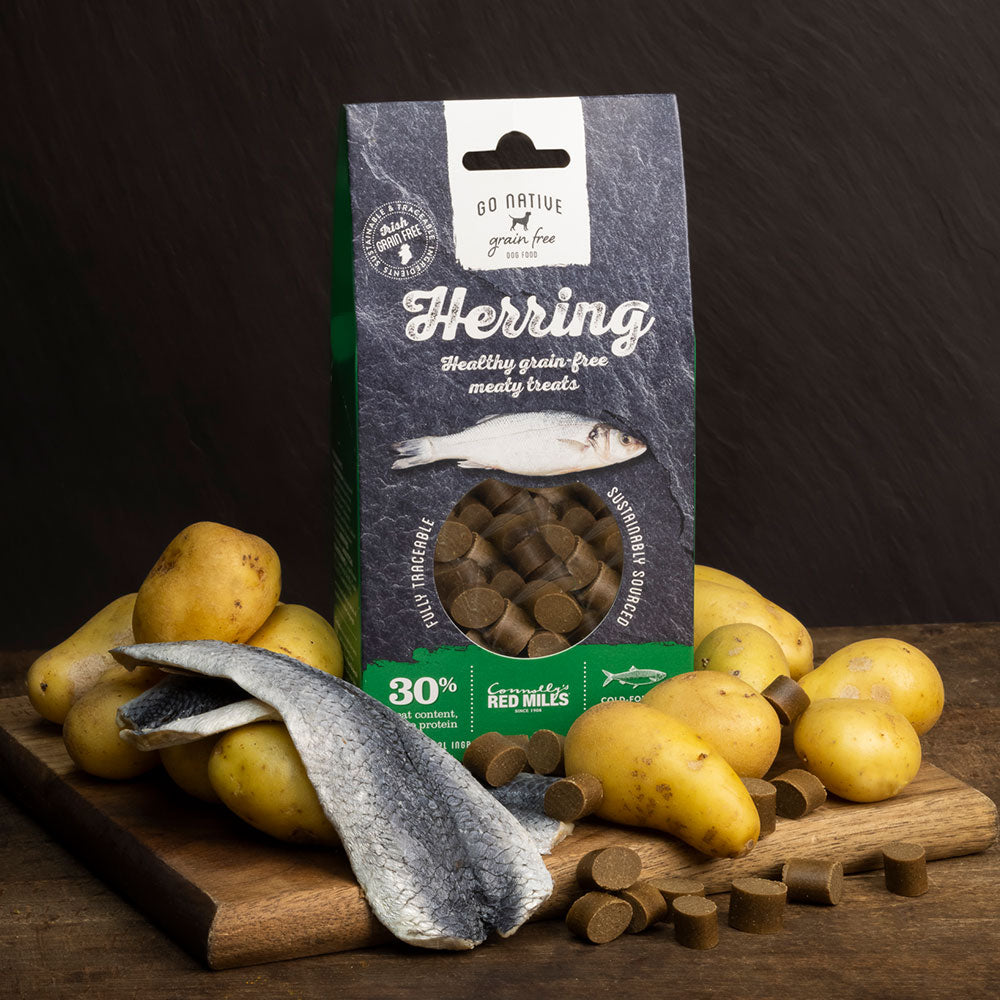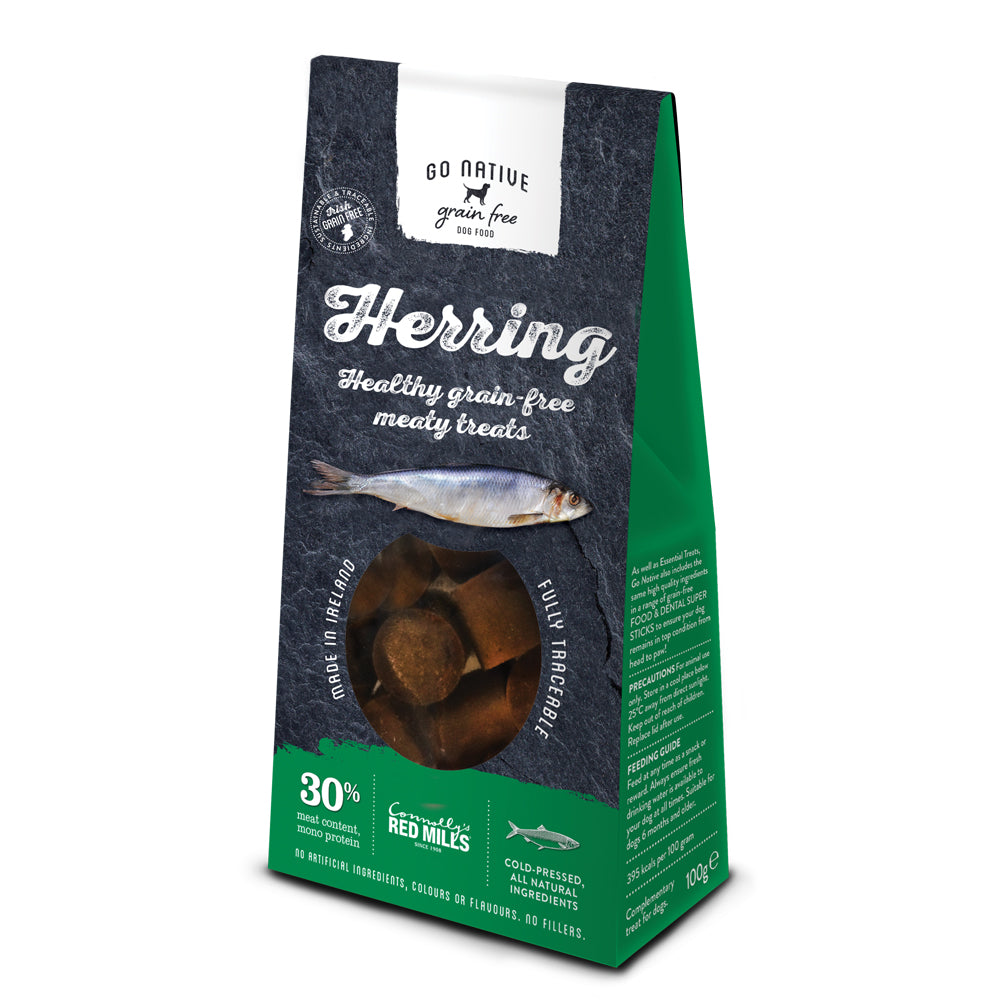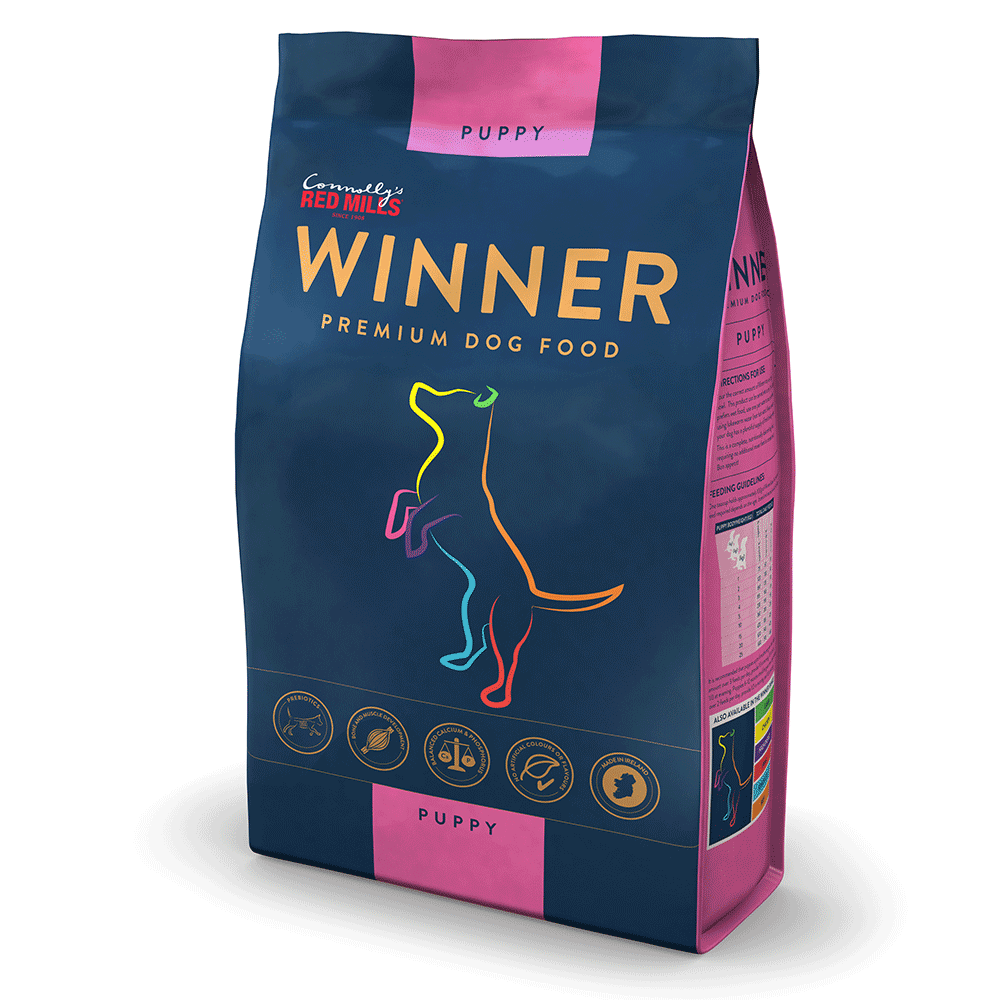Spring and summer are open season for fleas. They can cause your pet – and you – real misery if they aren’t controlled. Excessive itching damages your dog’s skin and invites infection. A flea infestation leads to hot spots, scabs, hair loss and even anaemia in extreme cases. These pests seem to thrive on sickly or weak animals, so keeping your pet in tip top shape with a healthy diet, daily exercise and regular vet care helps protect them. Prevention is always better than cure.
Thankfully, flea control has improved greatly since the days of the smelly flea collar. Today we have a range of safe and effective products that provide weeks or even months of protection for our pets. Your vet can advise you about the best option for your pets, and learning more about these unwelcome little pests can help you take a more wholistic approach to flea control.
The Flea’s Life Cycle
Know your enemy! Fleas have four stages to their life cycle and understanding this helps you interrupt that cycle effectively.
Adult fleas find a host, such as your pet, and then their party starts. They feast and mate, leaving your fur baby with itchy bites and tiny, nasty eggs. Fleas can lay 50 eggs in a single day. These eggs can hatch as quickly as the next day, or if conditions are less favourable to them, they can go ten days before they hatch as larvae. For the next one to three weeks, these larvae will torment your pet. Then they make a cocoon and rest there as pupa for another week or more. The cocoon protects them from dangers such as insecticides. Once the adults emerge, the whole horrible cycle begins again.
Fighting fleas is an ongoing battle, not a once-off job. You might groom your pet and see no sign of them while they are in the pupa stage, then be surprised your furry friend is infested seemingly overnight.
Making Fleas Unwelcome in Your Home & Garden
Regular grooming is an important way to stay a hop ahead of fleas. Once you’ve brushed your dog’s fur and it is free of tangles, use a flea comb. Check for fleas and flea dirt (tiny flecks of flea excrement). If you do find a flea, pop it into a container of soapy water to drown it. (They can float on plain water.)
Wash your pet’s bedding in hot water regularly. One way to keep this easy is to fit a pillowcase or machine-washable blanket over their bed. Vacuum their bed, the sofa and any other furniture they use, and empty the bag or canister into the bin outside.
Give all of your pets their flea prevention treatment on the same day, and be careful to use the appropriate products for dogs and cats. They are not all the same!
Fleas will always be around. Your pets will encounter them when out walking or socialising with other dogs. But with the proper prevention, you can keep them from infesting your pets or your home.




